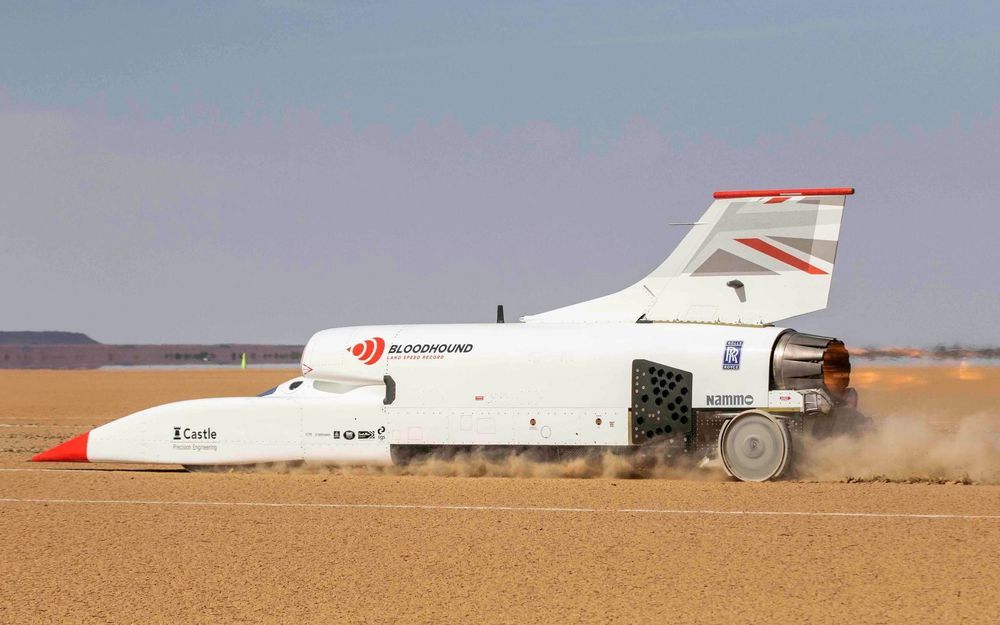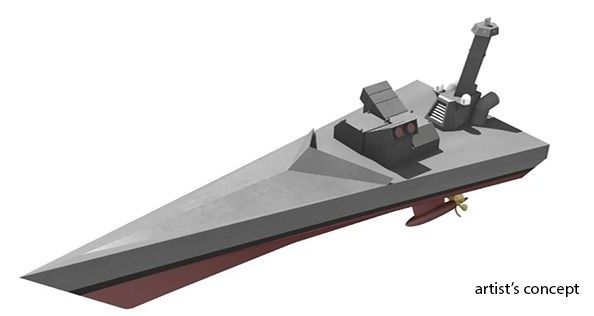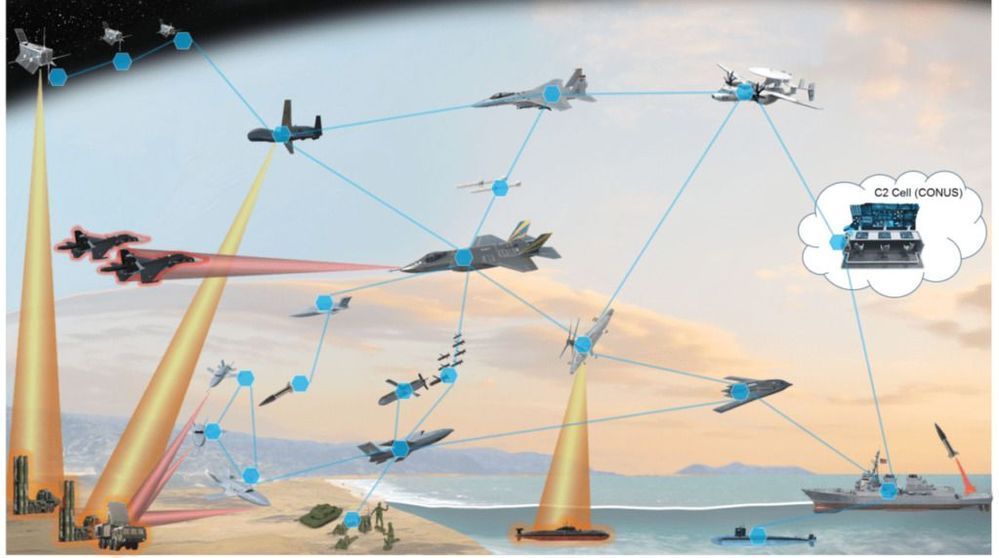Chief engineer Mark Chapman talks about the lessons gained from last year’s runs of the jet-powered British land speed record contender.


“For services provided on Mars, or in transit to Mars via Starship or other colonisation spacecraft, the parties recognise Mars as a free planet and that no Earth-based government has authority or sovereignty over Martian activities,” the governing law section states.
“Accordingly, disputes will be settled through self-governing principles, established in good faith, at the time of Martian settlement.”
Space systems engineer Erwan Beauvois said SpaceX’s position was reminiscent of a declaration put forward by the Earthlight Foundation, a non-profit organisation committed to preparing for the expansion of humanity beyond Earth.




As the Defense Advanced Research Projects Agency (DARPA) explores designs for a ship that could operate without humans aboard, the agency is keeping the Navy involved in the effort to ensure it progresses forward should the program’s work succeed.
While the Navy is creating unmanned surface vehicles based off designs meant for ships that could bring humans aboard, the No Manning Required Ship (NOMARS) program is the first to pursue a design that takes humans out of the calculation.
Gregory Avicola, the NOMARS program manager, told USNI News in a recent interview that DARPA has had conversations with Navy offices like PMS-406, the service’s program executive office for unmanned and small combatants, and the Surface Development Squadron, which has been tasked with developing the concept of operations for unmanned surface vehicles, since the agency started the NOMARS initiative.


Lasers were created 60 years ago this year, when three different laser devices were unveiled by independent laboratories in the United States. A few years later, one of these inventors called the unusual light sources “a solution seeking a problem”. Today, the laser has been applied to countless problems in science, medicine and everyday technologies, with a market of more than US$11 billion per year.
A crucial difference between lasers and traditional sources of light is the “temporal coherence” of the light beam, or just coherence. The coherence of a beam can be measured by a number C, which takes into account the fact light is both a wave and a particle.
From even before lasers were created, physicists thought they knew exactly how coherent a laser could be. Now, two new studies (one by myself and colleagues in Australia, the other by a team of American physicists) have shown C can be much greater than was previously thought possible.


Chemists studying how life started often focus on how modern biopolymers like peptides and nucleic acids contributed, but modern biopolymers don’t form easily without help from living organisms. A possible solution to this paradox is that life started using different components, and many non-biological chemicals were likely abundant in the environment. A new survey conducted by an international team of chemists from the Earth-Life Science Institute (ELSI) at Tokyo Institute of Technology and other institutes from Malaysia, the Czech Republic, the U.S. and India, has found that a diverse set of such compounds easily form polymers under primitive environmental conditions, and some even spontaneously form cell-like structures.
Understanding how life started on Earth is one of the most challenging questions modern science seeks to explain. Scientists presently study modern organisms and try to see what aspects of their biochemistry are universal, and thus were probably present in the organisms from which they descended. The best guess is that life has thrived on Earth for at least 3.5 billion of Earth’s 4.5-billion-year history since the planet formed, and most scientists would say life likely began before there is good evidence for its existence. Problematically, since Earth’s surface is dynamic, the earliest traces of life on Earth have not been preserved in the geological record. However, the earliest evidence for life on Earth tells us little about what the earliest organisms were made of, or what was going on inside their cells. “There is clearly a lot left to learn from prebiotic chemistry about how life may have arisen,” says the study’s co-author Jim Cleaves.
A hallmark of life is evolution, and the mechanisms of evolution suggest that common traits can suddenly be displaced by rare and novel mutations which allow mutant organisms to survive better and proliferate, often replacing previously common organisms very rapidly. Paleontological, ecological and laboratory evidence suggests this occurs commonly and quickly. One example is an invasive organism like the dandelion, which was introduced to the Americas from Europe and is now a commo weed causing lawn-concerned homeowners to spend countless hours of effort and dollars to eradicate.